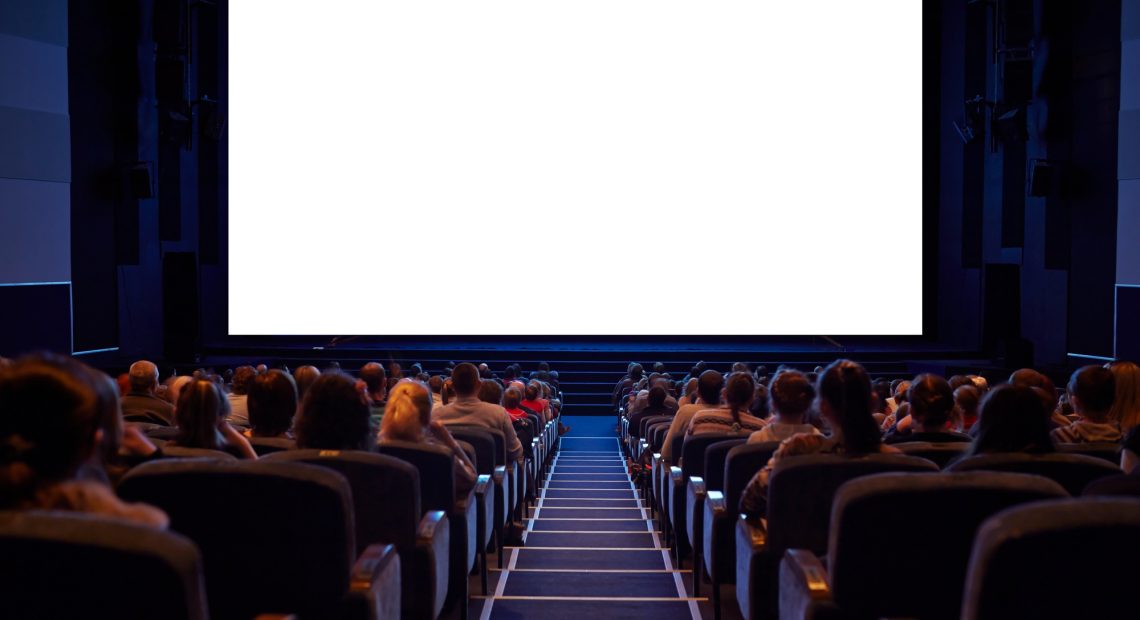
Theaters vs. TikTok: Why Cinema Needs a Makeover to Stay Relevant
Movie theaters aren’t disappearing overnight, but they are at a crossroads. Audiences still love movies, but they now consume entertainment in a drastically different way.
Instead of sitting through a two-hour film, many are getting their entertainment fix in 90-second bursts on TikTok, Instagram Reels, and YouTube Shorts. These platforms have reshaped how people engage with content—fast, immersive, and tailored to their exact tastes.
The challenge for theaters isn’t just about streaming services anymore. It’s about attention spans, convenience, and a generation accustomed to watching whatever they want, whenever they want, from the comfort of their couch. Why leave home for a movie when the entertainment industry is already delivering personalized, bite-sized experiences straight to your phone?
But here’s the thing: movie theaters still have something short-form content never will—the experience. The communal thrill of a darkened room, the booming sound of a cinematic masterpiece, the electric excitement of watching a blockbuster with a crowd. That’s what theaters need to lean into.
It’s not too late for the big screen to fight back. But if theaters don’t evolve now, they may never get another chance.
Step 1: Flexible Showtimes—Because Audiences Expect Convenience
Gone are the days when people structured their lives around movie schedules. Today, entertainment fits into their routines—not the other way around. Streaming services have conditioned people to watch whenever they want. Yet, theaters still insist on rigid showtimes that often don’t work for modern audiences.
The fix? Adapt to people’s schedules. Offer more staggered showings, late-night or early-morning screenings, and even alternative formats—like shorter versions of longer movies for those pressed for time. Weekly episodic screenings could also turn movies into must-see events, creating buzz and encouraging repeat visits.
People no longer structure their day around movie schedules. Theaters need to meet them halfway.
Step 2: Make the Movie-Going Experience Feel Special
A trip to the movies used to feel like an event. Today, it often feels like an overpriced chore. Theaters need to bring back the magic and remind audiences why watching a movie on the big screen is an experience, not just a transaction.
That means recliner seats, crystal-clear visuals, immersive sound, and special event screenings. Themed showings, exclusive previews, behind-the-scenes features—anything that turns a night at the movies into something you can’t replicate at home.
Theaters should also expand beyond just movies. Imagine watching the FIFA World Cup Final or a sold-out concert by your favorite artist on a giant screen with surround sound, surrounded by other passionate fans. Sports events, concerts, even gaming tournaments—these could all bring in fresh audiences looking for a bigger and better way to experience live entertainment.
People will spend money on something if they feel it’s worth it. Theaters need to give them that feeling.
Step 3: Lower the Price of Popcorn (Yes, Really)
Everyone jokes about how overpriced movie snacks are, but it’s not funny when you’re actually at the concession stand debating whether to take out a loan for a tub of popcorn.
It’s simple: if snacks were reasonably priced, more people would buy them. Theaters could see higher overall sales instead of relying on a handful of people willing to overpay. And if lowering prices isn’t an option, at least offer better deals—free refills, loyalty discounts, combo packages that actually make sense.
If the goal is to keep people coming back, making the experience affordable is step one.
Step 4: Introduce a Movie Subscription Model—Make Theaters Competitive with OTT Platforms
OTT platforms have won over audiences not just because of convenience, but because of affordability. Why pay for a single theater ticket when you can get unlimited content for a whole month on Netflix or Disney+?
Theaters can fight back by offering monthly passes. Imagine a membership where, for the same price as an annual OTT subscription, you could watch at least one movie a week in theaters. This kind of pass would encourage people to visit more often, driving up ticket sales, food purchases, and overall engagement.
Subscription models have worked for streaming—why not for theaters?
Step 5: Embrace Technology—Create Something Viewers Can’t Get at Home
Movie theaters have one major advantage over at-home viewing: technology that home setups can’t compete with.
Instead of just offering a bigger screen, why not push for more innovation? AR/VR pre-show experiences, interactive screenings where audiences vote on alternate endings, or even 4DX screenings where seats move and special effects sync with the action on screen.
Modern audiences crave engagement. Theaters need to offer something they can’t pause or scroll past.
Step 6: Invest in Customers, Not Just Screens
Theaters often treat customers like one-time visitors instead of loyal fans. That has to change.
A good loyalty program can bring audiences back consistently—offering free tickets after multiple visits, exclusive access to special screenings, or even discounts on food and drinks.
Beyond that, theaters should create a sense of community. Midnight premieres should feel like events. Fan discussions, social media challenges, influencer partnerships—these are ways to make the audience feel involved beyond just buying a ticket.
When people feel like they’re part of something, they don’t just go to the movies. They belong there.
Movie Theaters Can Still Win—But They Have to Move Fast
People still love movies. That hasn’t changed. What has changed is how they watch them—and theaters need to catch up.
This isn’t about competing with TikTok, Netflix, or YouTube. It’s about offering something better—an experience worth the effort, the time, and the money.
Theaters can still win. But they can’t afford to wait. Because in today’s entertainment world, you don’t get a sequel if you don’t make an impact the first time around.


















